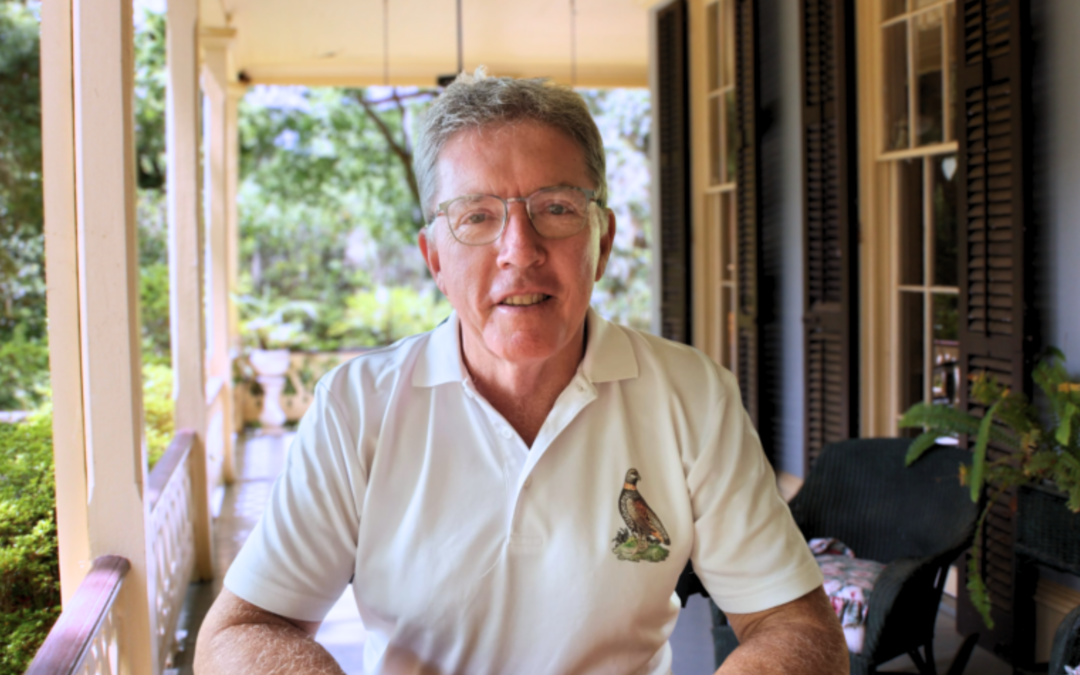Historical overview by Phil van Achterbergh, The Laughing Forest
As the owner of The Laughing Forest and long-standing resident in the Elysium area, I often get asked about the history of Elysium. I have tried to collect information in this regard and herein present a summary of what I have heard and learnt from various sources. I claim no accuracy or factuality for what I have written. Should any reader have the facts, contrary to what I have written, I will gladly correct my research. This is an attempt at a politically neutral overview, knowing that the subject is complicated and difficult to unravel.
Firstly, we need to go back, way back, to the time of the San people, who were here on the South Coast of KZN from the earliest of humanity time. According to records, the San people, also known as the Bushmen, have lived in Southern Africa for tens of thousands of years. The exact length is difficult to determine but the time frame is estimated to be between 20 000 and 100 000 years, most likely longer. In their time, they would have experienced the migration of the Nguni Tribe around 700 years ago. These were to become the Xhosa, who were eventually driven further south by more Nguni tribe migration, the Zulus, around 500 years ago (Late 1400’s) and then the Boer migrants from the great trek, followed shortly afterwards by migrants from England, Europe, India and Asia.
The diversity of this group of migrants, with worldly politics thrown in, delivered a period of instability and land related challenges that, to this day, are still an uncomfortable nerve to be touched.
Closer to home, here on the South Coast, the history reflects that, in 1843, the British claimed Natal as a British Colony. Prior to that, for just a few years (+-6 years), it was an independent Boer controlled area. The advent of the change from Boer Republic to British Colony angered the Boers immensely and many sold their recently acquired farms for very little to migrants that had only recently arrived in KZN, (driven by incentives from the British Government, incentivising settlers to resettle in KZN). Many of these British settlers went on to become sugar and cattle farmers as well as entrepreneurs and, to a large extent, were instrumental in creating part of the infrastructure that exists today, along with its British flair.
It must be noted that the indentured laborers, mostly from India, were instrumental in providing labour to these farms, with a heavy toll amongst them, but their ability to adapt and diversify their skills has since seen them deliver a healthy contribution to the successes of the region.
The resultant effect was a conversion of the rolling hills of the Natal South Coast, mostly occupied by he Nguni tribe migrants, into the rolling hills of sugar cane, along with a bustling trade both in Durban and Pietermaritzburg.
Many KZN farmers and businessmen, during this time of agricultural and commercial investment, had built a small holiday homestead on land by the sea, particularly in the Pennington, Bazley, Ifafa, Elysium and Mtwalume areas, which have become the holiday and retirement villages of today, an example being the Laughing Forest, which, in its day, was part of a homestead called Southern Home.
These towns are reminiscent of a bygone era in which the San people walked among the golden beaches and pristine coastal dune forest, which, to this day, are still largely free of beach front mansions. One can just imagine how, thousands of years back, fish were trapped in the lagoons with a wide variety of abundant animal life (still present), slipping through coastal bush corridors, from one lagoon to the next, expertly providing space for the species around them. It is this space of species and tranquil existence that drives people to this area – an area full of rich culture left relatively unscathed by the passage of time and an area worthy of protection.
During these times several atrocities took place and prejudicial activities drove populations apart. We are not unaware or supportive of any activity. We choose however to focus on what lies ahead. We choose to focus on our unique diversity and hope to help everyone settle on a higher ground.
In this region lies a touching tale about Samuel Goldstone, a Byrne Settler that settled in Ifafa, whose journey unfolded uniquely. Initially marrying a local African woman, they had five sons together. They flourished in the ox wagon carting business, transporting nearby sugar cane to Durban’s mills. This was no simple task as crocodile infected rivers needed to be navigated and the journey took weeks. Following his first wife’s passing, Samuel remarried. His second wife, widowed with the surname Fynn from her late husband, was connected to Henry Charles Fynn, a significant figure among the early settlers in Durban’s Congella area. This story in Ifafa intertwines two cultures—Zulu and British European— Samuel Goldstone and his diverse family likely cherished moments of tranquility along the mid-south coast, embracing the peace of this setting amidst the arduous work the early settlers and locals embraced at that time.
At the Laughing Forest, Top of Form
We aim to share this experience and keep everyone aware of the enormous gratitude we have, in particular, for the environment that has been left, but also the peaceful nature of the residents in this area, which include the Goldstone family, still resident in the Ifafa area.
In Elysium, local residents are committed to maintain the area in its natural state for as long as we can. Community driven programs are common place with many participative activities. We welcome guests to this South Coast treasure. This place with history going back to the first settlers in KZN is an example of keeping things simple. It is a place of laughter in the bush, reminding us all of our unique inheritance and our authentic sense of being.
We look forward to your visit.

